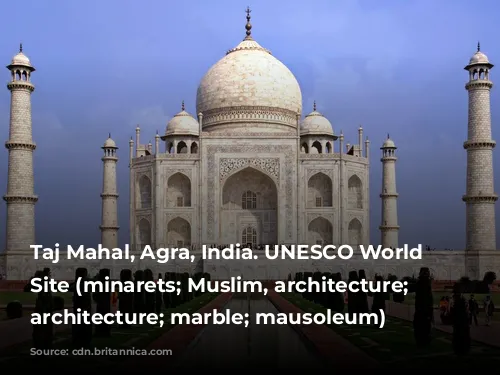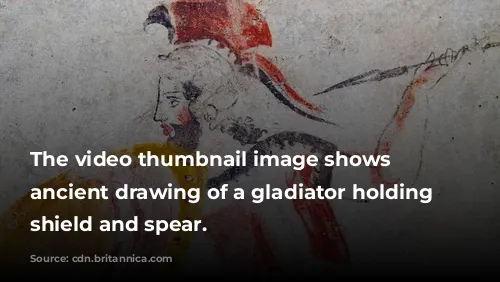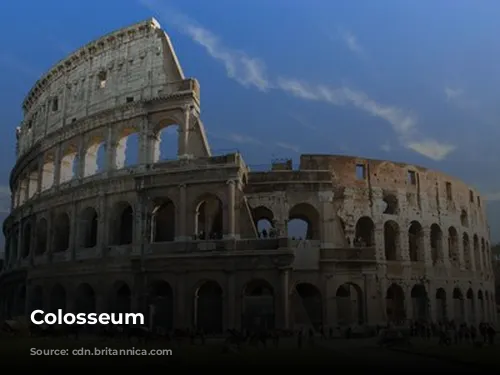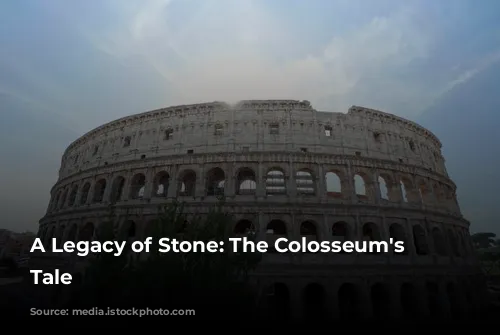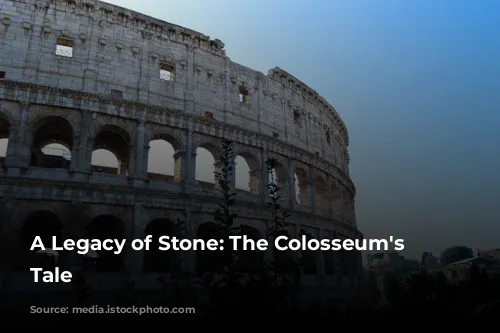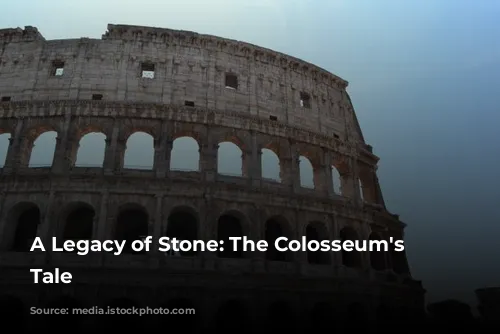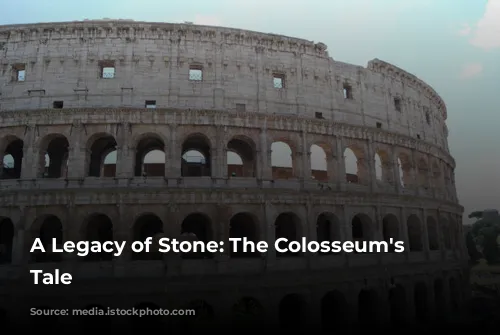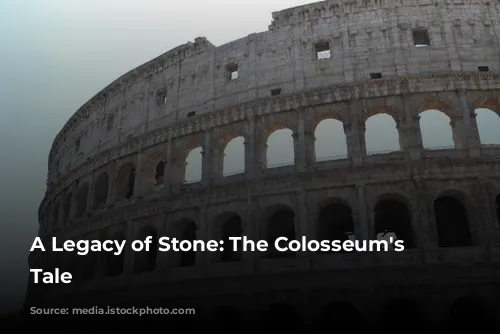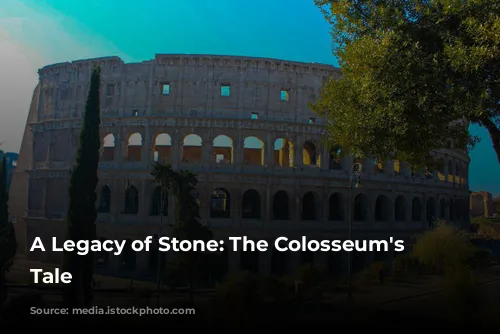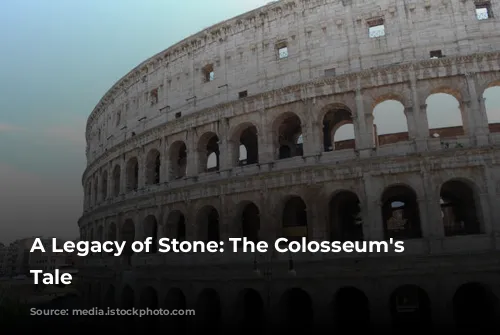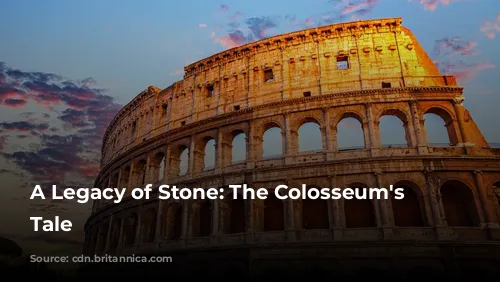The Colosseum, a towering monument to the Roman Empire, stands as a testament to the remarkable architectural and engineering prowess of ancient Rome. Beyond its historical significance, it’s also a major economic powerhouse, generating substantial tourism revenue for Italy. In 2018, the Colosseum, Roman Forum, and Palatine Hill collectively drew in over $63.3 million (€53.8 million), solidifying their place as Italy’s most visited tourist attraction.
A Monument’s Rise and Fall
The Colosseum’s journey has been one of grandeur, decline, and rebirth. After the fall of the Western Roman Empire, this once-mighty structure fell into a state of disrepair. The 12th century saw the Frangipane and Annibaldi families, powerful Roman families, transform the arena into a fortress, seeking protection within its imposing walls. The late 15th century brought a new chapter of neglect, with Pope Alexander VI allowing the Colosseum to be used as a quarry. Over a thousand years of neglect passed, and the Colosseum was stripped of its splendor, its majestic stones repurposed for other projects. Thankfully, the 1990s saw a resurgence of hope, with state-funded restoration efforts breathing new life into this iconic monument.
A Monument to Power and Entertainment
The Colosseum’s construction was a testament to the ambition of Emperor Vespasian, seeking to revitalize Rome following the tumultuous year of the four emperors. Like other amphitheaters, the Colosseum was designed to be a grand stage for public entertainment, a place where the roar of the crowd echoed during gladiatorial combats, thrilling animal hunts, and even mock naval battles.
Construction of the Colosseum, led by Emperor Vespasian, began between 70 and 72 CE. The completed structure was dedicated in 80 CE by Titus, Vespasian’s son and successor. The Colosseum’s fourth story was added in 82 CE by Emperor Domitian, completing the structure. It’s important to note that the arena was financed by the spoils of war, specifically the wealth acquired during Titus’s capture of Jerusalem in 70 CE, and built using Jewish slaves from Judea.
An Architectural Marvel
The Colosseum, also known as the Flavian Amphitheatre, is an elliptical structure built from stone, concrete, and tuff. Standing four stories tall, it measures a staggering 620 by 513 feet (189 by 156 meters) and could accommodate a massive crowd of 50,000 spectators. This impressive monument was the heart of Rome’s gladiatorial combat, where the fate of men and animals hung in the balance.
A Structure of Symbolism
The Colosseum’s location, just east of the Palatine Hill on the site of Nero’s Golden House, was a deliberate choice, brimming with symbolism. The artificial lake that once graced the palace was drained, and the Colosseum rose in its place. This choice symbolized Vespasian’s intention to replace the excesses of the tyrannical Nero with a public arena designed to unite the Roman people.
A Feat of Engineering
Unlike earlier amphitheaters, which often utilized hillsides for support, the Colosseum stands as a freestanding structure of stone and concrete. Its design employed a complex system of barrel and groin vaults. The Colosseum’s three lower stories are adorned with arcades, framed by engaged columns in the Doric, Ionic, and Corinthian orders, creating a visually stunning rise in architectural styles that influenced the Renaissance. Travertine forms the main structural framework and facade, while volcanic tufa makes up the secondary walls. The inner bowl and arcade vaults are constructed of concrete.
Protecting the Crowd
The Colosseum’s design ensured the comfort of its vast audience. A massive retractable awning, known as the velarium, provided shade from the scorching sun. Supporting masts extended from corbels built into the Colosseum’s top story, and skilled Roman sailors were responsible for manipulating the rigging that extended and retracted the velarium.
The Colosseum witnessed countless spectacles, from thrilling gladiatorial combats to encounters between men and animals, and even mock naval battles. The arena’s exact role in the martyrdom of early Christians remains a topic of debate, with historical evidence remaining elusive.
From Glory to Neglect
The Colosseum’s fortunes shifted drastically in the medieval period. It was initially used as a church, then transformed into a fortress by two prominent Roman families, the Frangipane and Annibaldi. The Colosseum suffered damage from lightning, earthquakes, vandalism, and pollution. Its marble seats and decorative elements were plundered, and the once majestic structure was treated as a quarry for over a thousand years.
A Monument Reborn
Preservation efforts began in earnest in the 19th century, with notable contributions by Pius VIII. The 1990s witnessed a significant restoration project. Today, the Colosseum stands as one of Rome’s most cherished tourist attractions, drawing in nearly seven million visitors annually. Changing exhibitions showcasing the culture of ancient Rome are regularly held, ensuring that the Colosseum continues to captivate and inspire visitors from around the world.
Conclusion
The Colosseum, a timeless symbol of Roman power and grandeur, is a testament to the enduring spirit of human ingenuity and ambition. From its construction as a symbol of imperial power to its periods of neglect and subsequent restoration, the Colosseum has defied the passage of time, remaining a living testament to ancient Rome’s architectural and engineering marvels. As a major tourist attraction, it continues to fascinate and inspire visitors from across the globe, offering a glimpse into the vibrant and complex world of ancient Rome.
